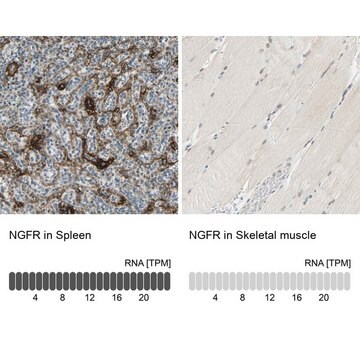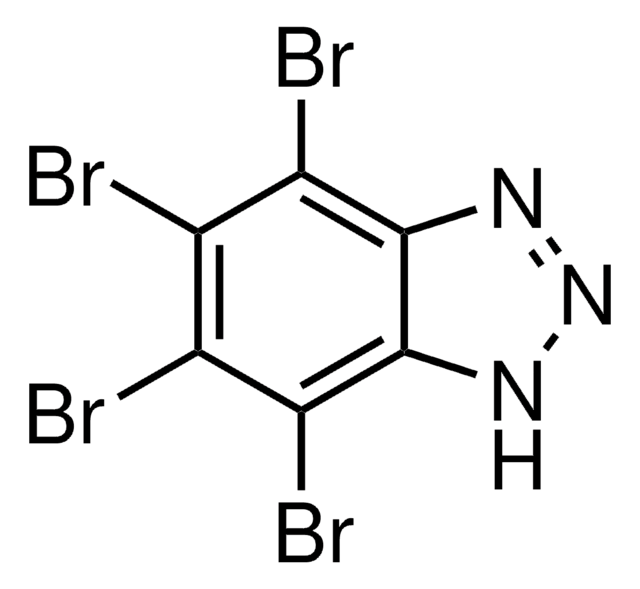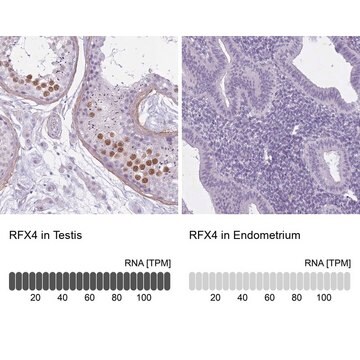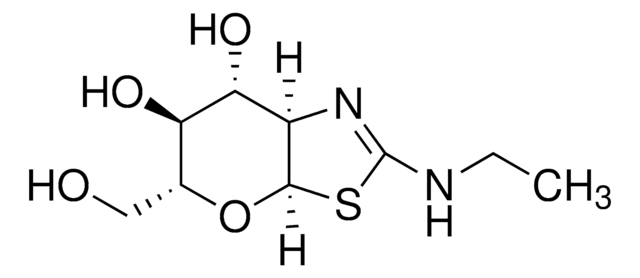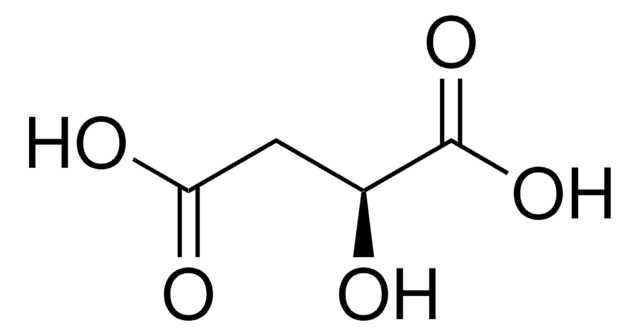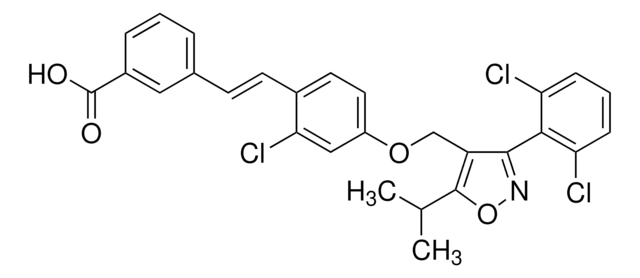ABE1453
Anti-phospho Brd4 (Ser492/Ser494)
from rabbit, purified by affinity chromatography
Synonym(s):
Bromodomain-containing protein 4, Protein HUNK1
About This Item
ICC
IHC
WB
immunocytochemistry: suitable
immunohistochemistry: suitable
western blot: suitable
Recommended Products
biological source
rabbit
Quality Level
antibody form
affinity isolated antibody
antibody product type
primary antibodies
clone
polyclonal
purified by
affinity chromatography
species reactivity
human
species reactivity (predicted by homology)
porcine (based on 100% sequence homology), mouse (based on 100% sequence homology), rat (based on 100% sequence homology)
packaging
antibody small pack of 25 μL
technique(s)
dot blot: suitable
immunocytochemistry: suitable
immunohistochemistry: suitable
western blot: suitable
NCBI accession no.
UniProt accession no.
shipped in
ambient
target post-translational modification
phosphorylation (pSer492)
Gene Information
human ... BRD4(23476)
Related Categories
General description
Specificity
Immunogen
Application
Epigenetics & Nuclear Function
Immunocytochemistry Analysis: A 1:500 dilution from a representative lot detected phospho Brd4 (Ser492/Ser494) in cultured cortical cells from mouse (C47blac6). (Courtesy of Erica Korb, Ph.D., Rockefeller University).
Dot Blot Analysis: A representative lot detected phospho Brd4 (Ser492/Ser494) in phospho Brd4 peptides (Courtesy of Erica Korb, Ph.D., Rockefeller University).
Quality
Western Blotting Analysis: A 1:2,000 dilution of this antibody detected phospho Brd44 (Ser492/Ser494) in 10 µg of human IPS cell lysate.
Target description
Physical form
Storage and Stability
Other Notes
Disclaimer
Not finding the right product?
Try our Product Selector Tool.
Storage Class Code
12 - Non Combustible Liquids
WGK
WGK 1
Flash Point(F)
Not applicable
Flash Point(C)
Not applicable
Certificates of Analysis (COA)
Search for Certificates of Analysis (COA) by entering the products Lot/Batch Number. Lot and Batch Numbers can be found on a product’s label following the words ‘Lot’ or ‘Batch’.
Already Own This Product?
Find documentation for the products that you have recently purchased in the Document Library.
Our team of scientists has experience in all areas of research including Life Science, Material Science, Chemical Synthesis, Chromatography, Analytical and many others.
Contact Technical Service